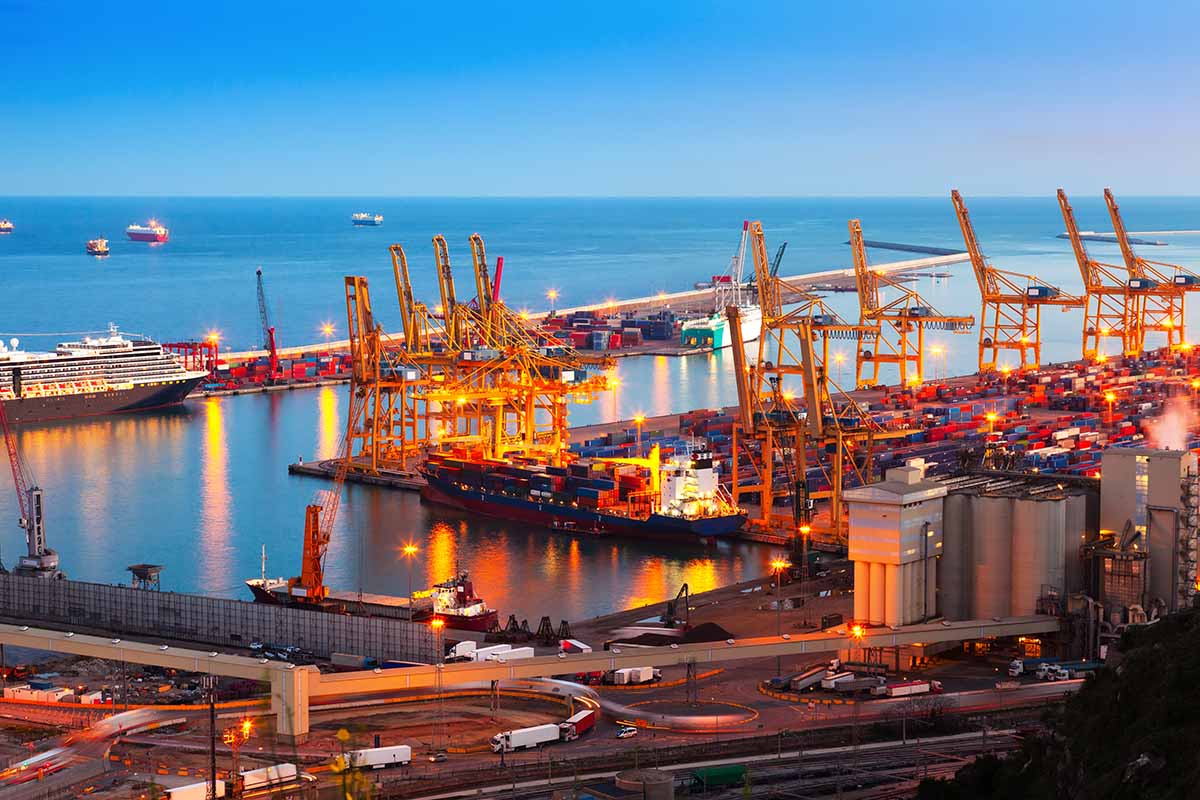Here’s Why You Need to Modernize Your Supply Chain Design
Good supply chain design is vital to the smooth operation of your business. But, like anything else, supply chains need some updates from time to time. They get old and start to lose the capacity to keep up with modern demands.
If you haven’t upgraded your supply chain design in a while, it’s time. The COVID-19 pandemic has revealed just how vulnerable the general supply chain can be, with labor shortages affecting warehousing and freight shipping, and leading to needs of materials and goods. Revamping your supply chain design could make it easier to cope as shortages continue and prevent disruptions in your own company’s supply chain. Here’s how.
Redundancy Is Growing More Popular
It’s a good idea to have multiple sources of goods and services, especially when shortages are becoming more common. It’s not just COVID-19 that has caused upheaval in global supply chains – it’s Brexit, US-China relations, and other world events. With longer supply chains more vulnerable to disruption, many firms today are turning to local suppliers to create redundancies that can save a supply chain in the event of shortages due to extreme weather events, pandemic labor shortages, and other sources of chaos.
As it becomes more expensive to trade internationally and as more barriers to global trade go up, global supply chains become less attractive. Most people are becoming more interested in shopping locally, and an emphasis on locally sourced supplies and materials could not only bring more stability to your supply chain design but improve your brand’s reputation. And local suppliers are less vulnerable to the kinds of things that can wreak havoc on global supply chains, like extreme weather events or political upheaval abroad.
Value Creation Is Growing in Importance
These days, the primary goal of supply chain design is no longer to cut costs. Today’s supply chain design focuses on value creation, which considers so many more factors than price and physical design. It might be more expensive to go with local suppliers. Still, it creates more value for the customer because consumers increasingly want to shop locally and feel like they’re supporting the local economy.
Decisions about outsourcing, leasing and purchasing facilities, and going to market can all outweigh price when supply chain design focuses on quality rather than quantity. You will have to weigh the cost of locally sourced materials or expedited shipping against the amount of additional revenue you can get for the additional value it creates.
Modernize Supply Chain Design: Ongoing Reviews Can Mitigate Crises
Increasingly, supply chains are being designed to flex beneath the pressure of sudden changes. In a world that seems increasingly volatile, it no longer makes sense to design supply chains for an environment that may not last. Optimizing supply chains to take advantage of a specific condition doesn’t make sense unless the supply chain is flexible enough to bounce back when that condition is no longer a factor.
Rather than only reviewing your supply chain design periodically, do so on an ongoing basis. Continuous review keeps you on your toes, ready to move with the market and adapt to sudden changes. You’ll be able to anticipate market disruptions better and take action to adjust before a disorder occurs on a massive scale. You won’t have to face each new crisis with a brand new plan, and you’ll be able to deal with potential disruptions more easily.
Data Analytics and AI Are Revolutionizing Design Choices
Data science is becoming more advanced, and supply chain designers now have access to quantities of data so vast that it almost requires artificial intelligence (AI) to grapple with them. Now you can use data analytics and machine learning tools to gain new clarity into your supply chain design and function.
For example, supply chains are getting more complex, and machine learning can give you insight into how complex direct delivery networks, multiple retail distribution channels, and third-party vendors overlap, intersect, and interact. You can even get the results of your data analysis delivered in an easy-to-interpret format, with lots of charts and graphs.
In the wake of the COVID-19 pandemic, Brexit, and other chaotic world events that have shaken and entirely disrupted global supply chains, more and more companies are looking to revamp their supply chain design to make it more resilient and more capable of navigating sudden changes and crises. It’s time you gave your supply chain the upgrade it needs, so your company can weather whatever storms may come.





















